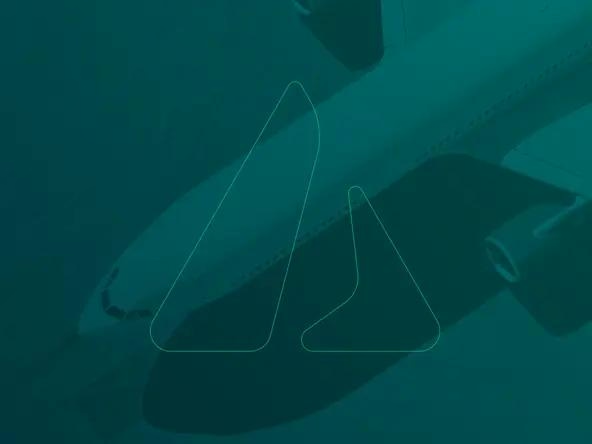
AeroGenie - مساعد الطيار الذكي الخاص بك.
الرائج الآن
Categories
Royal Jordanian to Refurbish Boeing 787-8 Fleet
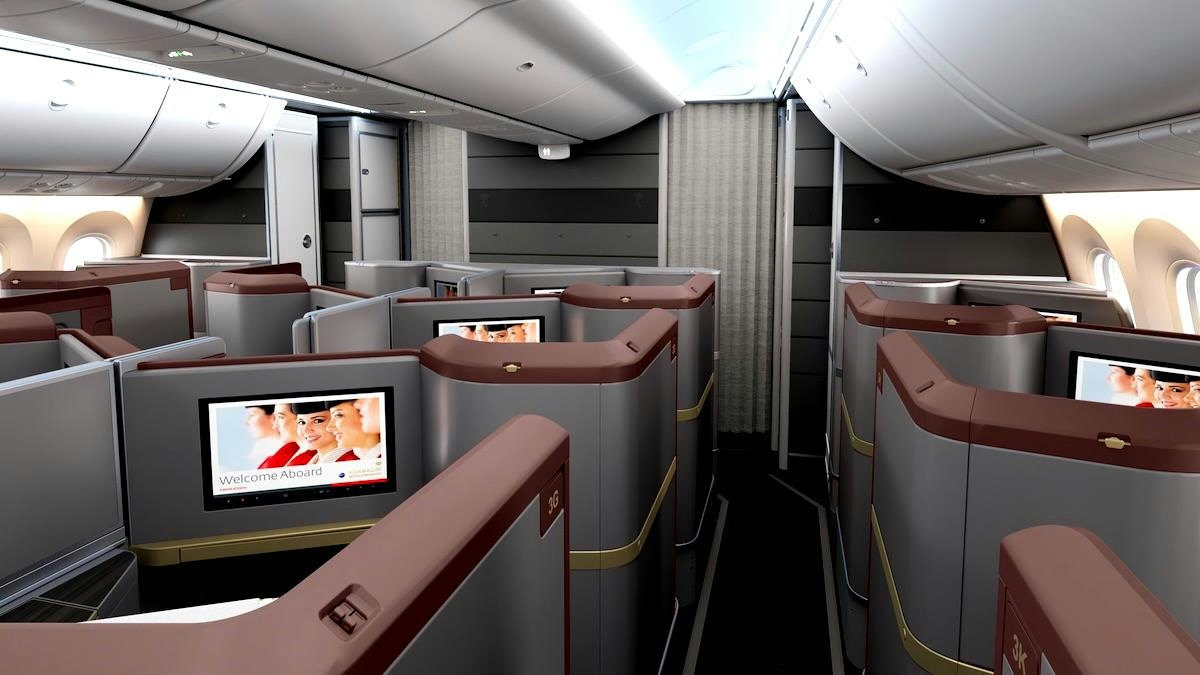
Royal Jordanian to Refurbish Boeing 787-8 Fleet Amid Intensifying Market Competition
Royal Jordanian Airlines has announced a comprehensive refurbishment program for its Boeing 787-8 fleet, aiming to modernize its long-haul service and align the aircraft with the standards set by its forthcoming Boeing 787-9 models. The first upgraded 787-8 is scheduled to return to service by the end of October 2025, according to a statement reported by The Jordan Times.
Details of the Refurbishment Program
The retrofit will involve the installation of inflight Wi-Fi systems and a complete overhaul of the cabin interiors. Currently, Royal Jordanian operates seven Boeing 787-8 aircraft, each averaging 10.4 years in age and configured with 270 seats—24 in business class and 246 in economy. However, the airline has not yet disclosed the revised seating arrangements or specific configuration details for the refurbished planes. The first aircraft to undergo the upgrade, registered as JY-BAG (msn 37984), has been stationed in Haikou for maintenance since early September 2025.
This refurbishment initiative forms part of Royal Jordanian’s broader fleet modernization strategy, which also includes the introduction of six new Boeing 787-9 aircraft. Deliveries of the 787-9s, initially anticipated earlier, have been postponed to early 2026 due to ongoing production delays at Boeing. These new aircraft are expected to support the airline’s long-haul expansion, particularly on routes to the United States. Vice Chairman and CEO Samer Majali has indicated plans to add one 787-9 annually after 2026, with a long-term vision to expand the fleet to approximately 40 aircraft and enhance transatlantic and Asian network connectivity. Alongside this, Royal Jordanian is renewing its narrowbody and regional fleets through orders for Airbus A320neo-family and Embraer E2 aircraft.
Challenges and Competitive Pressures
The refurbishment program presents significant challenges, notably the cost and complexity associated with installing advanced inflight Wi-Fi and completely revamping cabin interiors. These factors could affect both project timelines and budgets. Moreover, Royal Jordanian faces intensifying competition within the region. Turkish Airlines recently placed an order for up to 75 Boeing 787 Dreamliners, signaling an aggressive fleet expansion and modernization effort that may heighten competition on long-haul routes. Other carriers are likely to respond with similar upgrade initiatives or fleet growth strategies to maintain their market positions.
Industry trends further highlight the competitive environment. Lufthansa Group’s plan to simplify its long-haul fleet by 2030 could alter market dynamics, while Virgin Atlantic’s recent decision to equip its 787 fleet with high-speed Wi-Fi underscores the increasing importance of onboard connectivity and passenger experience.
Fleet Overview and Future Outlook
Royal Jordanian’s current fleet comprises a diverse mix of aircraft, including an inactive A310-300(F), seven A320-200s, twelve A320-200N, two A321-200s, an A321-200(P2F), seven B787-8s, two inactive E175s, an inactive E190, four E190-E2s, and four E195-E2s. The airline also operates a Gulfstream G650ER and a Bombardier Global 7500 as part of its executive fleet.
As Royal Jordanian advances with the 787-8 refurbishment, it must carefully navigate operational complexities while responding to a rapidly evolving and increasingly competitive global aviation landscape.
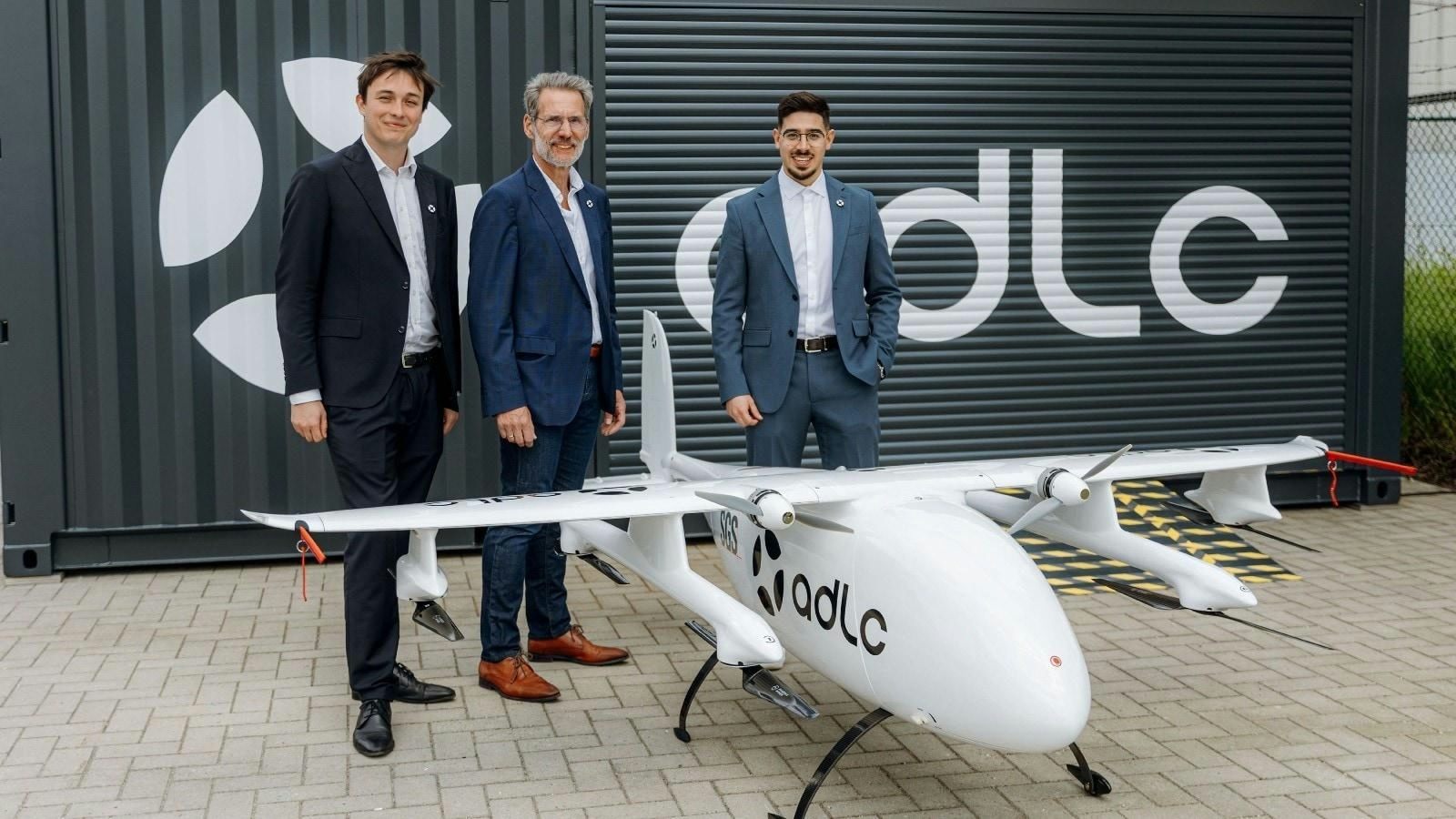
Türkiye's R&D Investment to Reach $15.5 Billion in 2024 Driven by Defense and Aviation
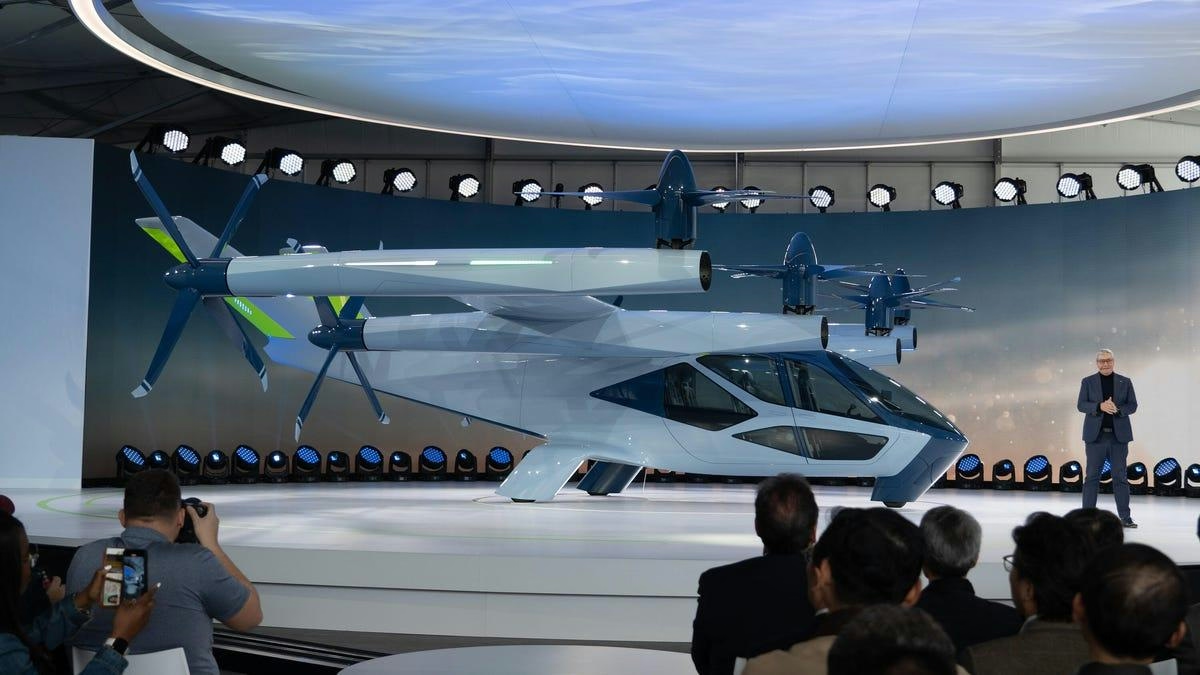
Florida Prepares Sites for Air Taxi Operations
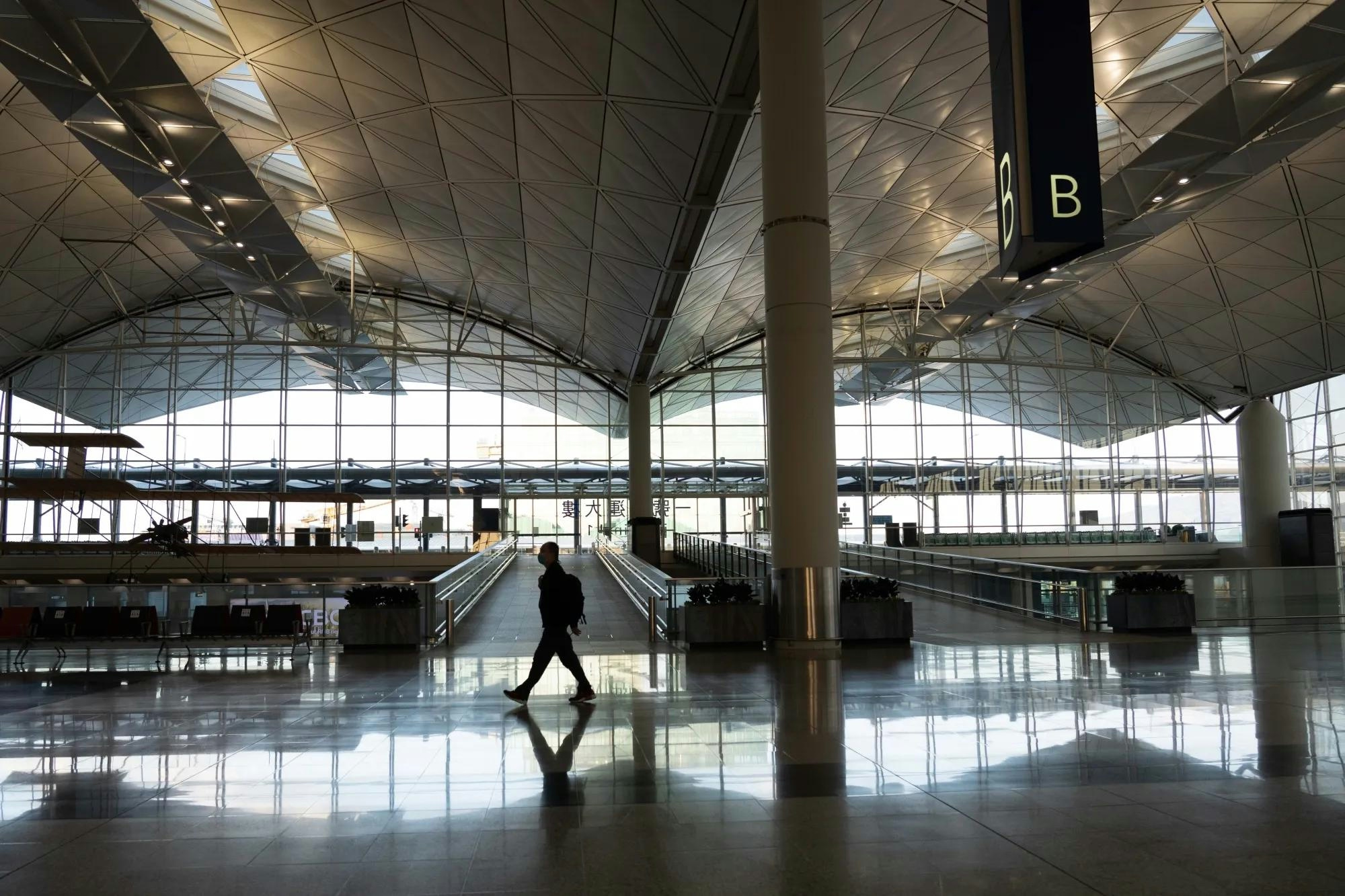
Hong Kong International Airport Presents Growth and Sustainability Plans at Routes World 2025
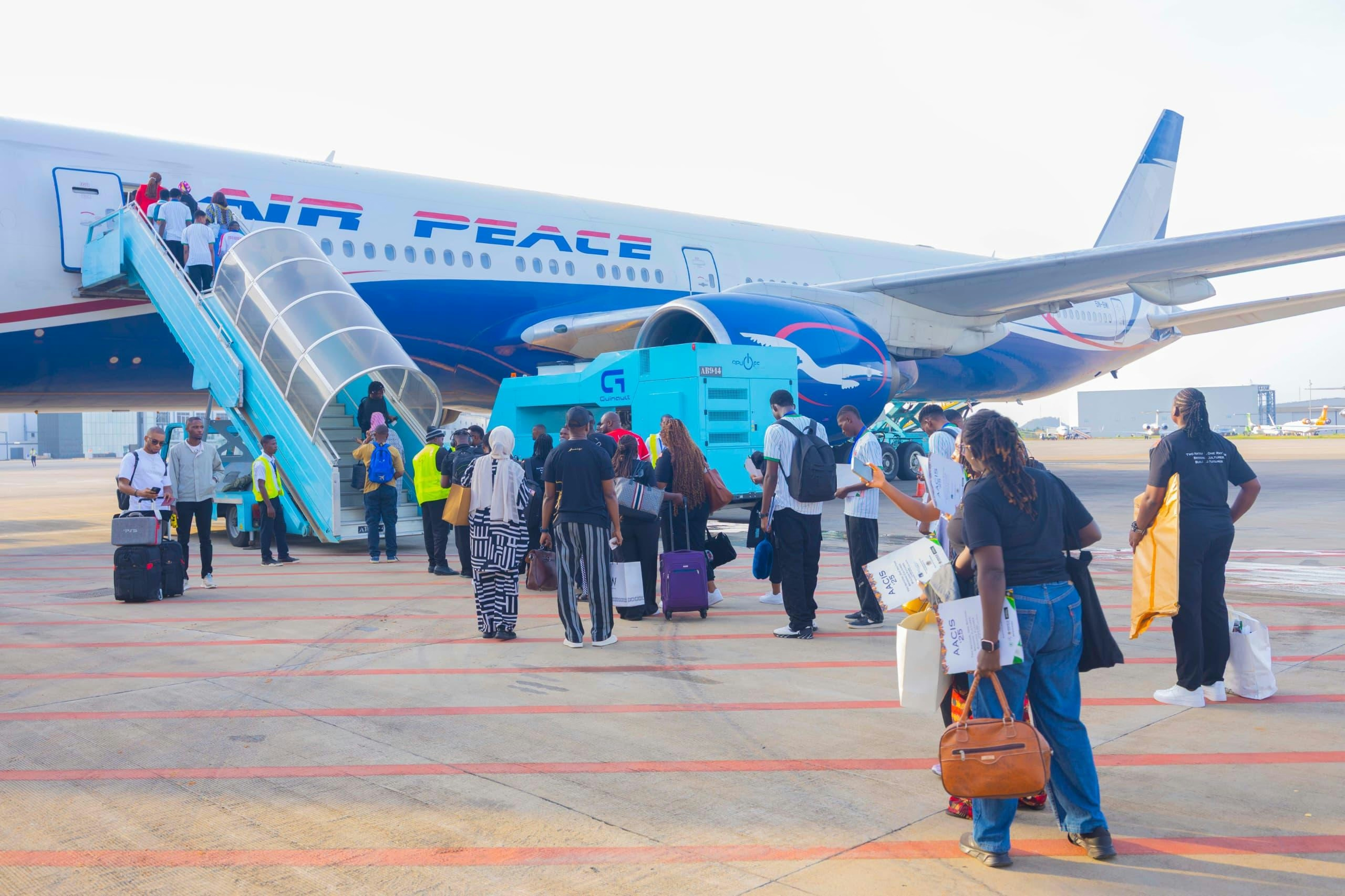
Nigeria’s Air Peace Expands Fleet to Enhance Domestic and International Travel
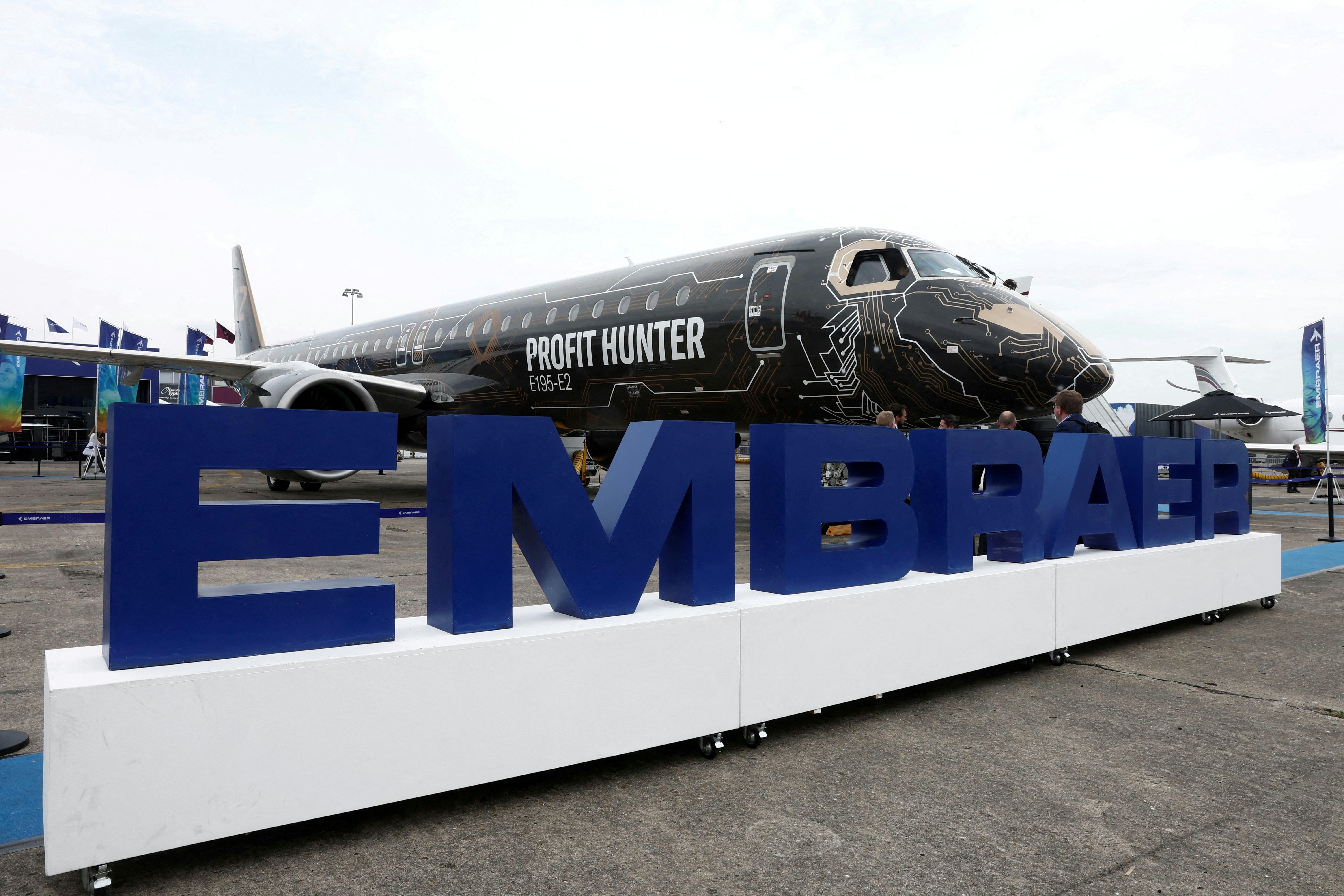
Embraer’s Order Backlog Reaches $31.3 Billion in Third Quarter

SK AeroSafety Group Acquires Reheat Aero Limited
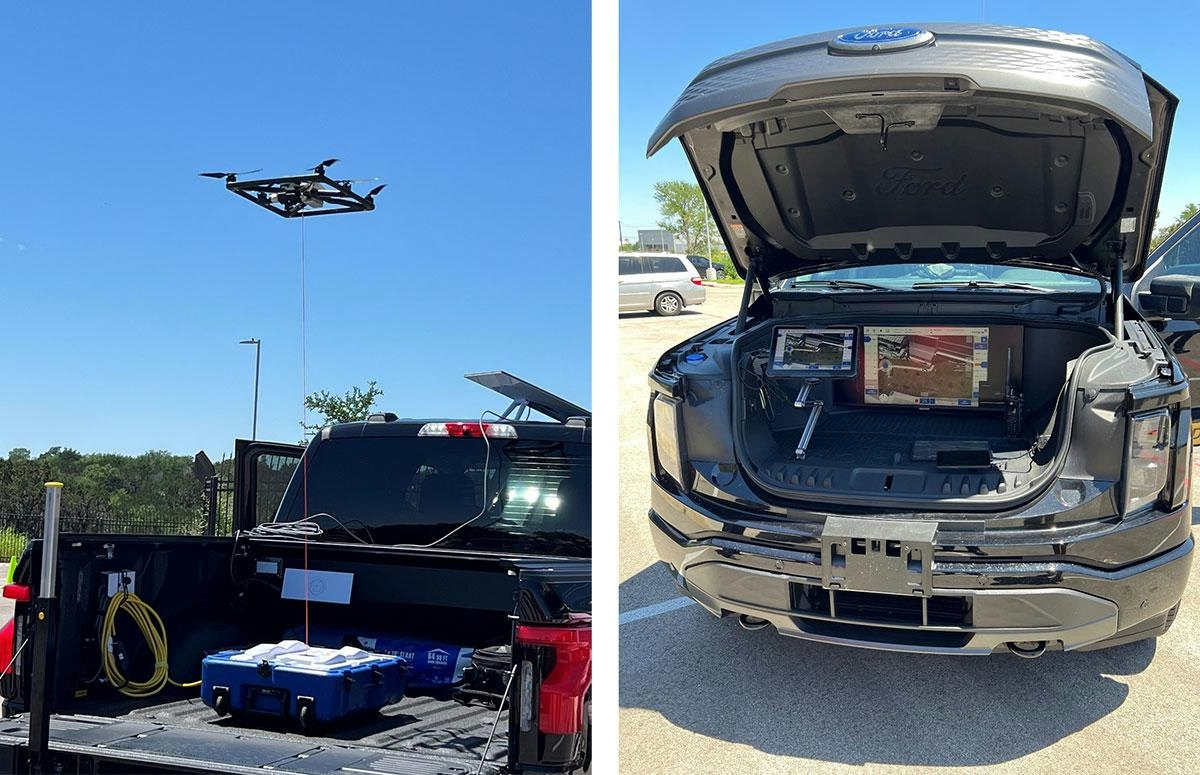
Establishing Standards for Drone Operations and Digital Tethering
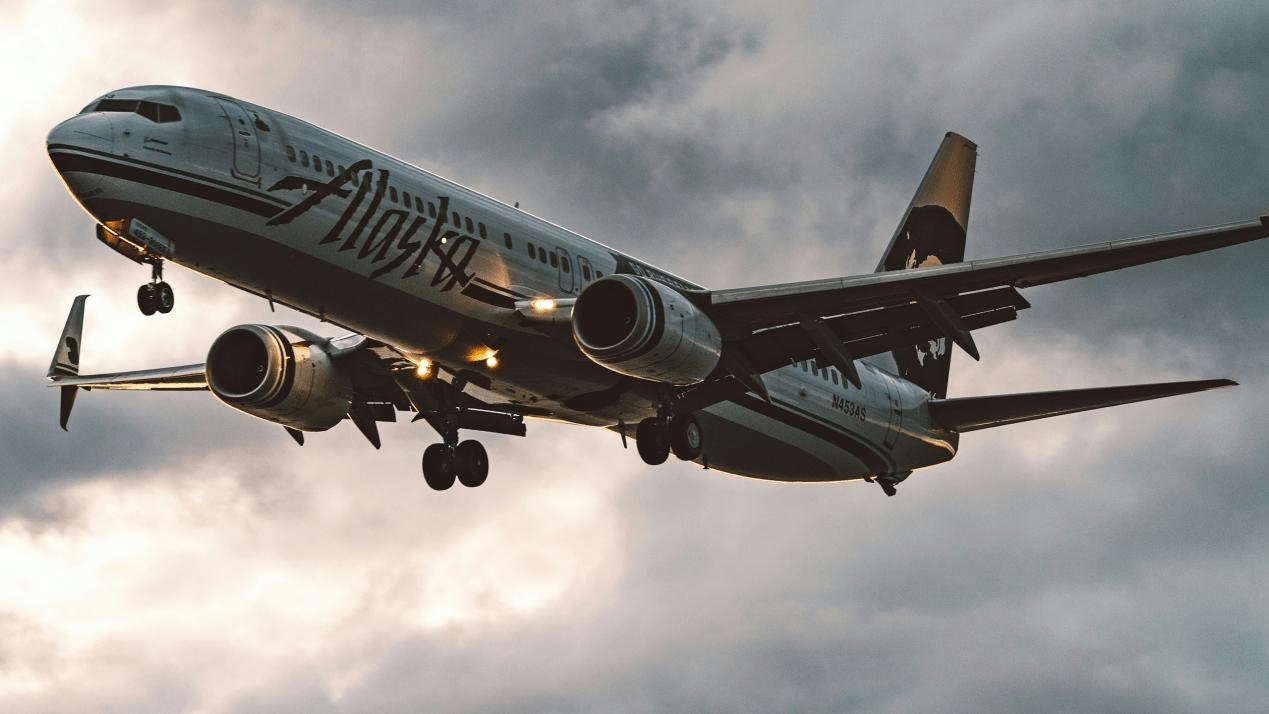
Examining the FAA’s Ongoing Challenges
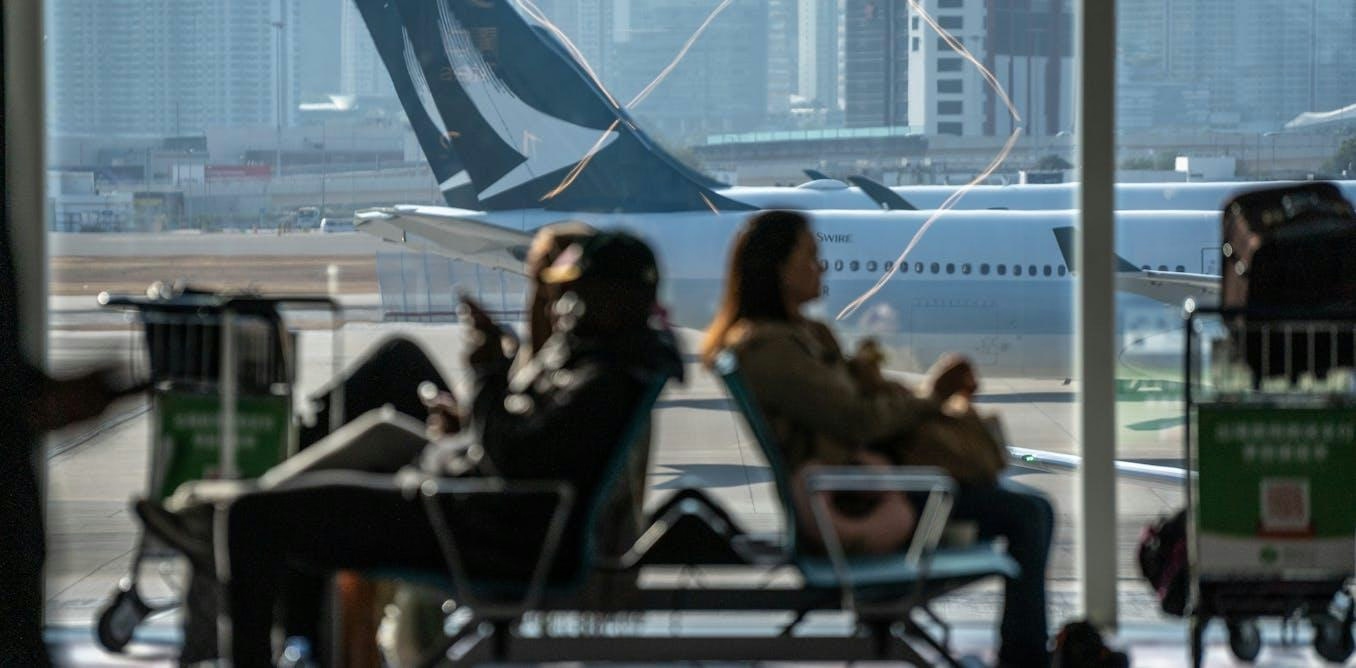
What the AI Industry Can Learn About Safety from Airlines
